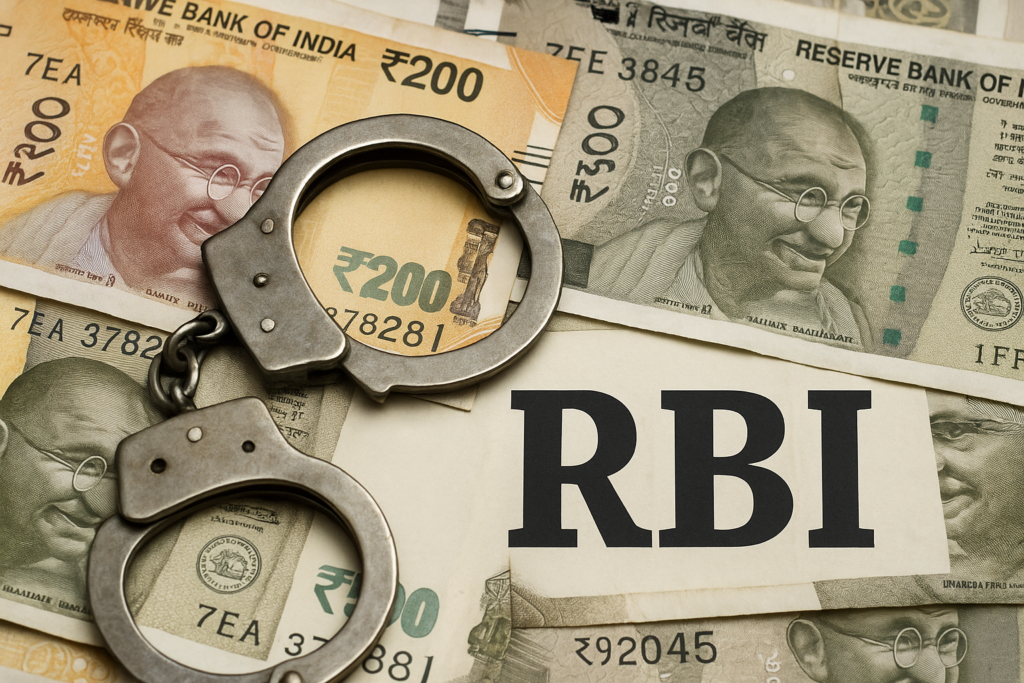The Reserve Bank of India (RBI) has issued a warning over a sharp rise in counterfeit ₹200 and ₹500 currency notes, spotlighting a growing threat to the country’s financial system. The cautionary note comes as part of the RBI’s annual report for the financial year 2023–24, which found a noticeable uptick in the detection of fake high-denomination notes.
According to the report, counterfeit ₹500 notes—India’s most widely circulated denomination—rose by 8.4%, while fake ₹200 notes saw a 7.7% increase. The RBI has now urged citizens, businesses, and financial institutions to intensify efforts to verify currency, particularly during cash transactions.
A Persistent Threat to Financial Integrity
Though the total volume of counterfeit currency detected by banks and processing centers showed a marginal decline overall, the surge in high-value fake notes presents a critical concern. ₹500 notes accounted for 85% of the fake currency flagged in 2023–24.
This pattern underscores a troubling trend: counterfeiters are targeting notes most frequently used in everyday transactions, likely to maximize circulation before detection. The RBI’s Currency Verification and Processing System (CVPS) remains the primary line of defense, supported by commercial bank monitoring and law enforcement cooperation.
Seventeen Ways to Spot a Genuine Banknote
In response to the spike, the RBI has reiterated the importance of recognizing security features built into Indian currency. It listed 17 distinct characteristics that help differentiate real notes from fakes:
- Mahatma Gandhi watermark
- Color-shifting security thread
- Micro-lettering of ‘RBI’ and denomination
- Latent image of the denomination
- Ashoka Pillar emblem
- See-through register with numeral
- Tactile intaglio printing for the visually impaired
- Optically variable ink on ₹500 notes
These security details are embedded into all genuine banknotes and can be detected by touch, tilt, and careful visual inspection—without the need for advanced tools.
RBI Calls for Enhanced Awareness and Compliance
The RBI has intensified its outreach through its RBI Kehta Hai campaign and has called on banks and businesses to educate frontline workers—including shopkeepers, cashiers, and ATM operators—about identifying suspicious notes.
Further, all banks are required to maintain calibrated machines for note sorting and detection. When a counterfeit note is found, institutions must report the discovery and forward the specimen to the nearest police authority or RBI office for investigation.
The central bank also emphasized that the circulation of counterfeit currency is not merely a financial issue—it has implications for national security, as such operations are often linked to organized crime networks.
A Public Duty
The RBI’s report serves as a reminder that the integrity of India’s currency depends on both institutional diligence and public awareness. As counterfeiters evolve, so must the vigilance of every individual who handles cash—be it in markets, transport hubs, or financial institutions.
“Every citizen has a role to play in protecting the value of our currency,” said a senior official familiar with the RBI’s anti-counterfeiting measures. “Knowing how to identify a genuine note is no longer optional—it’s essential.”


